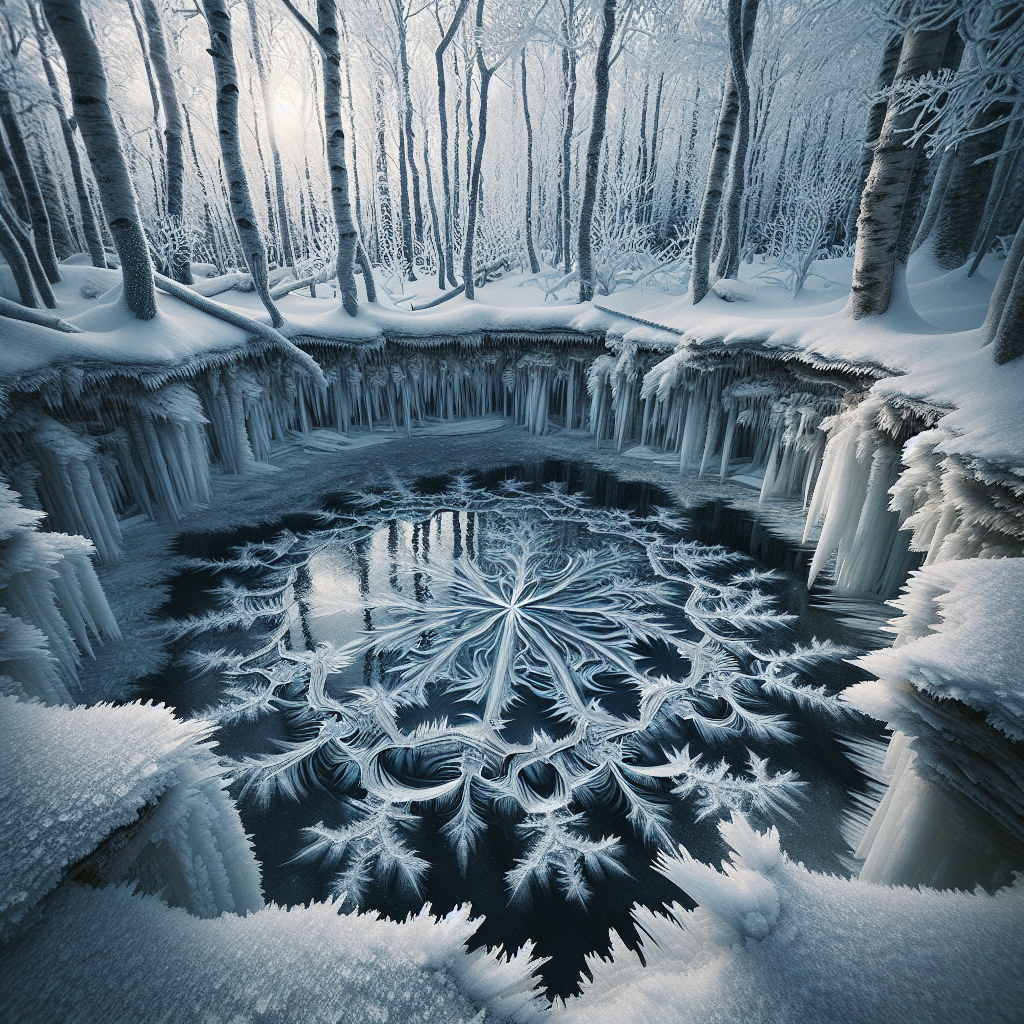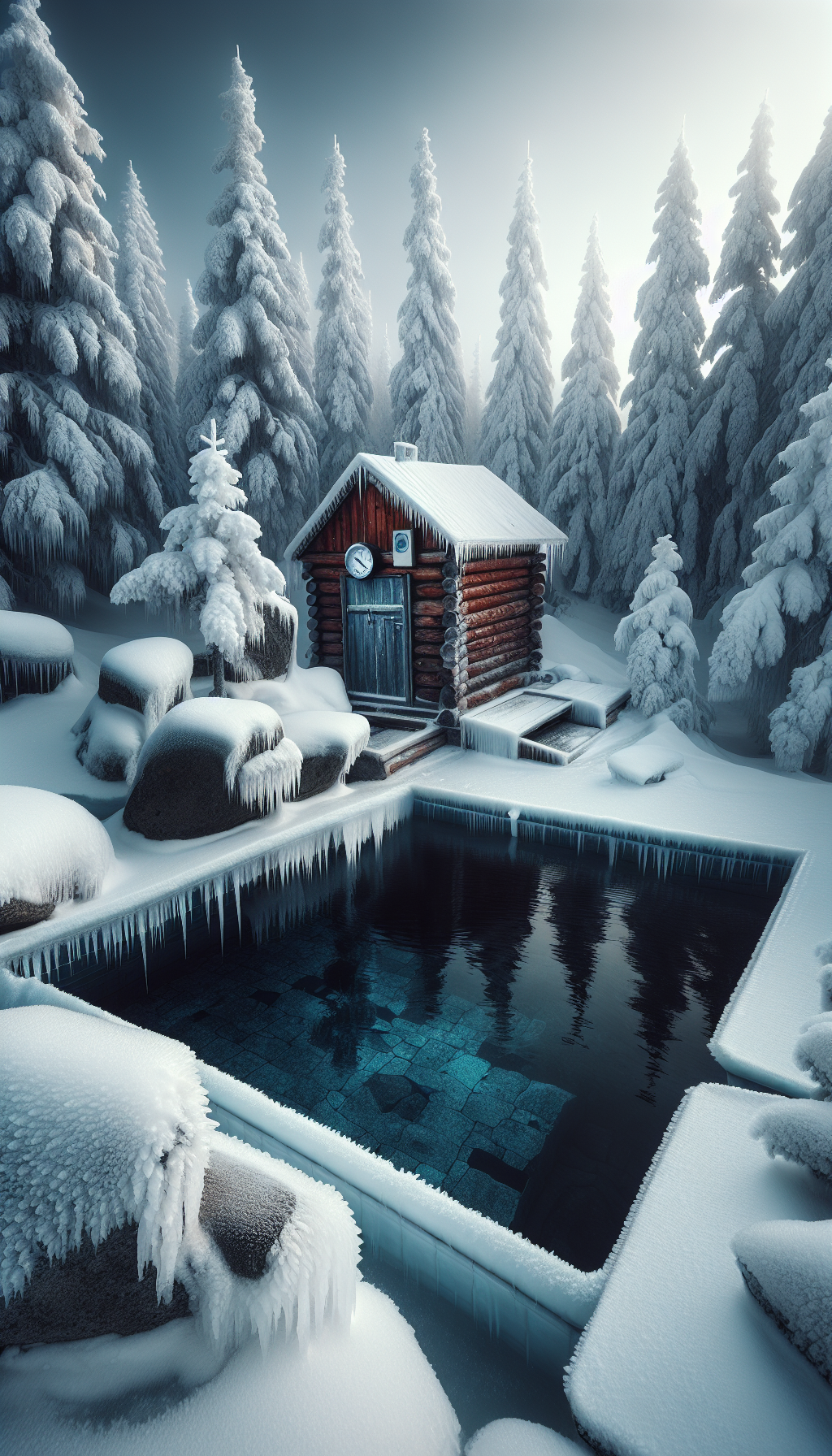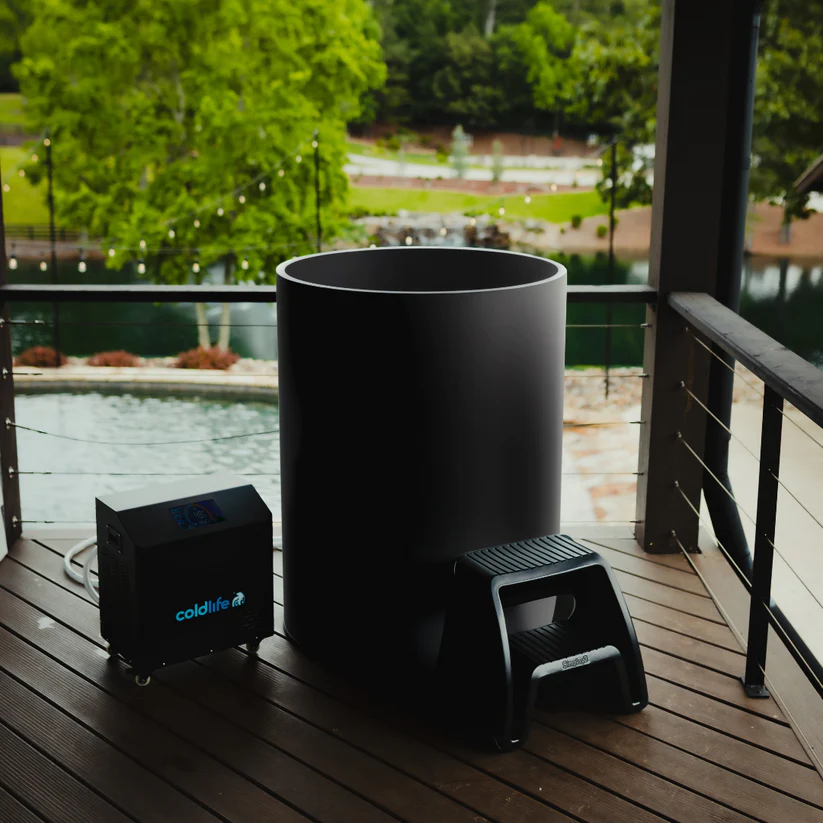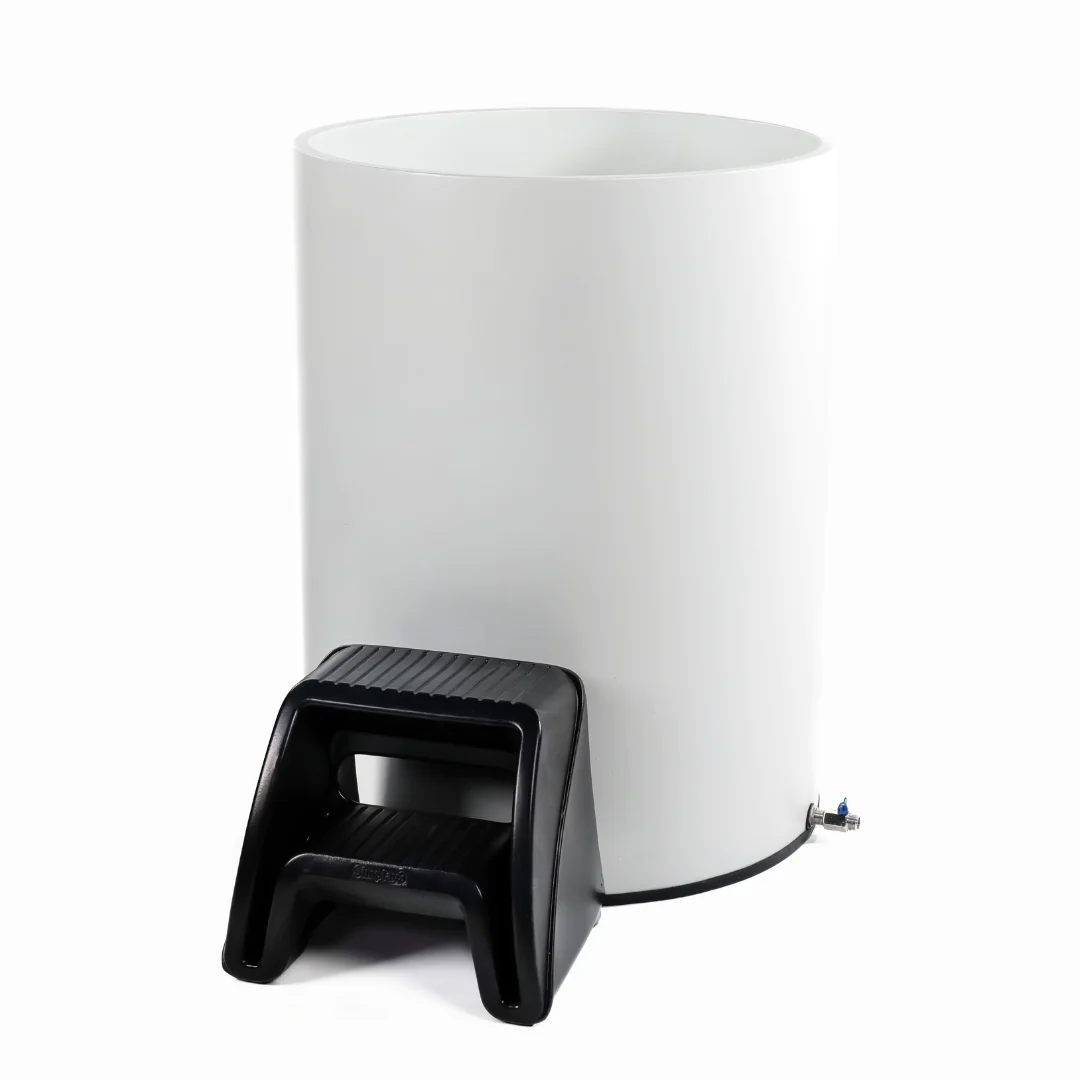Key Takeaways – What temp is too cold for cold plunge
Takeaway 1:
Finding the right temperature for a cold plunge is all about personal preference and comfort. It’s like getting your favorite ice cream flavor – everyone has their own taste! The generally accepted safe range is between 38 and 60 degrees Fahrenheit, but most people find that a temperature between 50 and 60 degrees Fahrenheit gives them the best results. So, don’t be afraid to experiment a bit and see what feels good for you!Takeaway 2:
If you’re new to cold plunging, it’s important to ease into it. Starting at warmer temperatures around 60 to 65 degrees Fahrenheit can help your body adjust gradually. Think of it as dipping your toes in the water before fully diving in! As you get more accustomed to the cold, you can slowly lower the temperature. Just remember not to go too cold too quickly or go below the recommended range of 38 to 60 degrees Fahrenheit. We want those refreshing benefits, not frostbite or hypothermia!Takeaway 3:
Like with any new practice, it’s important to respect your body’s limits when taking cold plunges. Start with shorter durations between 1 and 5 minutes and gradually increase as you feel comfortable. Don’t push yourself too hard in the beginning stages – we want this experience to be enjoyable, not torturous! Each person has their own capacity, so listen to what your body is telling you. And always remember: slow and steady wins the race!Our #1 Best Recommended Cold Plunge
1. Explore the icy and challenging journey to Arctic in our featured blog, The Cold Life. 2. Discover the breathtaking beauty of the frozen world in our The Cold Life gallery. 3. Want to experience a unique survival challenge? Visit our page The Cold Life for some serious inspiration!Are you ready to redefine your limits with cold immersion?
Explore the compelling truth behind cold plunging and its remarkable benefits for mind and body.
Dive into the Cold Life Plunge Bundle now to embark on your journey to revitalization and strength. Transform your life today!
Here’s a Youtube Video about What temp is too cold for cold plunge
Understanding the Optimal Temperature Range for Cold Plunging can significantly enhance your health benefits while mitigating potential risks.
It is important to note that “what temp is too cold for cold plunge” highly depends on an individual’s tolerance and experience, although experts generally suggest a range of 50-59°F (10-15°C) as safe and effective.
Starting your cold plunge journey at milder temperatures and gradually adjusting towards colder temperatures prevents health risks associated with extreme cold exposure.
For seasoned plungers, pushing towards the lower end of this spectrum can be tolerated.
Duration equally matters: Aiming for brief immersions from around 1 minute extending to a maximum of 20 minutes ensures benefits without negative effects.

Understanding the Optimal Temperature Range for Cold Plunging
Let’s dive right in – no pun intended! When it comes to cold plunging, an optimal temperature range is vital. Generally, the safe and acceptable range falls between 38 and 60 degrees Fahrenheit (°F). Why this range you may ask? Well, this temperature bracket stimulates an adaptive response in your body without any potential harm. This is considered therapeutic for cold water therapy. In any case, always remember that every individual has a different comfort level, so it is essential to respect your body’s limits.

Download this courtesy guide to optimize your sauna and cold plunge experience and health optimization.
Download the Free Guide TodayStarting Your Cold Plunge Journey: Recommended Starting Temperatures
If you are new to cold plunging and wondering “what temp is too cold for cold plunge”, don’t worry! Here’s a pro tip: start at warmer temperatures around 60-65°F. As I have experienced myself, this allows your body to slowly adjust and acclimate to the colder environment. You see, forcing your body into shock by plunging into freezing temperatures right away might not be a good idea.
The Importance of Gradual Adjustment in Cold Plunging
This brings me to my next point – the necessity of gradual adjustment. Just as with any form of therapy or exercise regimen, taking things slow and steady initially helps in achieving long term success. The same applies when determining the appropriate cold plunge temperature.
Potential Health Risks of Cold Plunging Outside the Recommended Temperature Range
Moving on, let’s discuss the potential health risks associated with cold plunging. All things considered, extreme cold exposure such as diving into water below the recommended range can lead to severe conditions like frostbite or hypothermia. That’s why keeping an eye on maintaining safe temperatures in freezing temps becomes extremely important.
Target Temperatures for Seasoned Cold Plungers
Now that we’ve covered the basics, what about those who are more accustomed to cold plunges? The more experienced you become, it is suggested to aim towards achieving temperatures between 5-10 degrees Celsius (41-50°F). This range still fits within our “safe temperature for cold plunge” category.
Duration Matters: How Long Should Your Cold Plunge Last
Last but not least, let’s touch on another crucial factor – duration. The length of your plunge also plays a significant role in its effectiveness and safety. Typically, a good duration ranges from 1 to 10 minutes depending on individual capacity.
In conclusion, being aware of these elements – temperature range and duration– is essential for an effective and safe cold plunge experience. By following these guidelines and understanding your body well enough to respect its limits at all times, you’ll be well on your way to reaping all the numerous benefits of this practice! Remember: Stay cool but always stay safe!

Understanding the appropriate temperature for a cold plunge is crucial for both safety and efficacy. As outlined in our post “What Temperature is Too Cold For A Cold Plunge?“, there’s a threshold below which a cold plunge can become a dangerous endeavor. In addition, it’s also essential to know how long is prudent to stay submerged in such cool temperatures; our guide titled “Is A 10-Minute Cold Plunge Too Long?” offers some insights.
The potential impact of extreme cold on your body, as well as the benefits that can be gained from this practice, are profoundly discussed in “What Does a Cold Plunge Do to Your Body?“. Safety concerns around special circumstances, like whether it’s safe to cold plunge while pregnant, breastfeeding or when sick are addressed in posts such as “Are Cold Plunges Safe During Pregnancy?” and “Should You Do A Cold Plunge When Sick?“.
We also explore other treatment options that might be used instead of or in tandem with cold plunges. Posts such as “Cold Plunge or Sauna: Which is Better?” and “Cold Plunge or Cryotherapy” are valuable resources for those contemplating these options.
My Personal Take about What temp is too cold for cold plunge
Hey there, buddy! I was just thinking about something – have you ever wondered what temp is too cold for cold plunge?
You see, as a connoisseur of saunas and cold plunges, understanding optimal temperatures isn’t just crucial for enhancing the experience but for safety too.
In any case, after dwelling in a hot sauna, the sudden transition to the chilly embrace of a cold plunge is simply invigorating! Just imagine this – after an intense workout or a draining day at work, wouldn’t you seek out that extraordinary sensation? Words of advice –
- Pick the right temperature that suits your tolerance,
- Take it slow and gradual,
- And most importantly, enjoy every moment!
Our #1 Best Recommended Cold Plunge for most People
Cold plunges can be incredibly beneficial, but it’s crucial to understand the optimal temperatures for safety and efficiency. Understanding when the temperature is too cold for a cold plunge can ensure you’re maximizing benefits while minimizing potential risks. Stay educated and safe with your cold plunge experiences by regularly visiting our information hub.Discover the unparalleled benefits of cold immersion with ColdLife Plunge 1. Unleash your full potential with our innovative cold plunging solution. Explore the transformative effects on your body and mind. Elevate your lifestyle with ColdLife Plunge 1 today!
Frequently Asked Questions about What temp is too cold for cold plunge
1. How cold is too cold for a cold plunge?
The generally accepted safe temperature range for a cold plunge falls between 38 and 60 degrees Fahrenheit. For maximum benefits, it is recommended to aim for temperatures between 50-60 degrees Fahrenheit.
2. Can I start with colder temperatures if I’m new to cold plunging?
If you’re new to cold plunging, it is best to start at warmer temperatures around 60-65 degrees Fahrenheit. As your body becomes more accustomed, you can gradually adjust towards cooler temperatures.
3. What are the health risks of going below the recommended temperature range?
Dropping below the recommended temperature range can pose health risks such as frostbite or hypothermia. It’s important to avoid starting too cold or go beyond the safe range to prevent these complications.
4. What temperatures should I aim for during regular cold plunges?
As you continue with regular cold plunges, try to achieve temperatures between 5-10 degrees Celsius (41-50 degrees Fahrenheit) for optimal therapeutic benefits.
5. How long should I stay in a cold plunge?
The duration of a cold plunge typically ranges from 1 to 10 minutes depending on individual capacity. However, always listen to your body and respect its limits to avoid overexertion.
6. Is it important to gradually increase the duration and intensity of my cold plunges?
Absolutely! It’s crucial not to push yourself too hard in the beginning stages of this practice. Gradually increasing both the duration and intensity of your cold plunges will allow your body time to adapt and minimize any potential discomfort or adverse effects.
Now you know What temp is too cold for cold plunge , but that’s only the beginning of your journey here at Sweat N Chill Zone. If you found this post useful there’s more to learn to get you to the next step of your sauna & cold plunge journey. If you read our next articles you’ll be a step further than most people.
Before you go…
Takeaway 1:
Finding the right temperature for a cold plunge is all about personal preference and comfort. It’s like getting your favorite ice cream flavor – everyone has their own taste! The generally accepted safe range is between 38 and 60 degrees Fahrenheit, but most people find that a temperature between 50 and 60 degrees Fahrenheit gives them the best results. So, don’t be afraid to experiment a bit and see what feels good for you!Takeaway 2:
If you’re new to cold plunging, it’s important to ease into it. Starting at warmer temperatures around 60 to 65 degrees Fahrenheit can help your body adjust gradually. Think of it as dipping your toes in the water before fully diving in! As you get more accustomed to the cold, you can slowly lower the temperature. Just remember not to go too cold too quickly or go below the recommended range of 38 to 60 degrees Fahrenheit. We want those refreshing benefits, not frostbite or hypothermia!Takeaway 3:
Like with any new practice, it’s important to respect your body’s limits when taking cold plunges. Start with shorter durations between 1 and 5 minutes and gradually increase as you feel comfortable. Don’t push yourself too hard in the beginning stages – we want this experience to be enjoyable, not torturous! Each person has their own capacity, so listen to what your body is telling you. And always remember: slow and steady wins the race! If you’re unsure about how to cold plunge, our guide on the best way to cold plunge can help. Before embarking on this journey however, always check out how cold is too cold for a cold water plunge and understand what happens when you take a cold plunge. If you decide it’s for you, our recommendations for the best and most affordable cold plunges will be useful.George From Sweat N Chill Zone
George, the passionate founder of Sweat N Chill Zone, is an ardent advocate for holistic wellness through the healing powers of saunas and cold plunges. With a background in health sciences and a fervent dedication to sharing the benefits of thermal therapy, George curates an informative space, offering insights, tips, and expert advice to help individuals optimize their health and well-being through the transformative effects of heat and cold treatments. Through Sweat N Chill Zone, George aims to inspire and educate, fostering a community centered around rejuvenation and vitality.
Download this courtesy guide to optimize your sauna and cold plunge experience and health optimization.
Download the Free Guide Today

